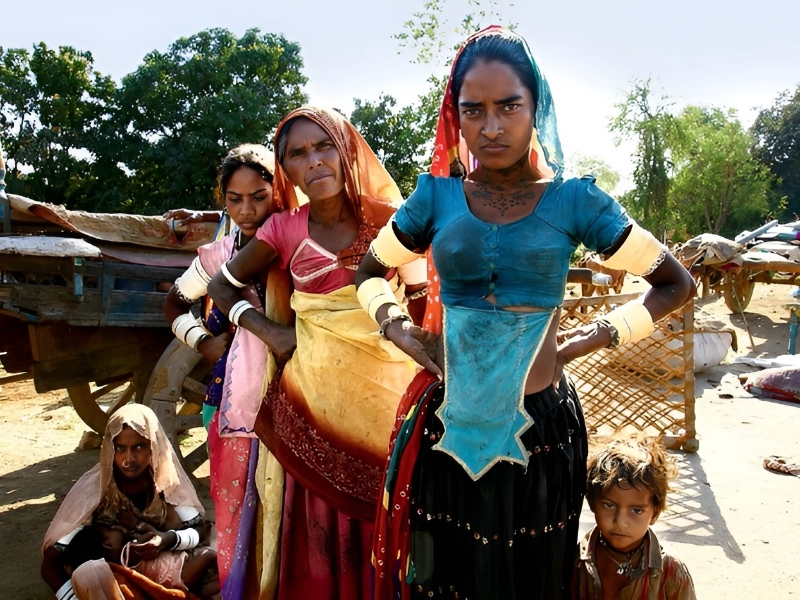
The Gypsy Diaspora: Tracing the Origins Beyond India
The widely held belief that the Gypsy (or Roma) people originated from India is not entirely accurate. While it is true that the Romani language has roots in the Indo-Aryan languages of the Indian subcontinent, the Gypsy ethnic group as we know it today actually formed as a distinct ethnicity in two separate regions - Persia (the Eastern branch) and the Roman Empire (the Western branch).
Scholars have long debated the precise migration patterns and historical events that led to the emergence of the Gypsy people. The general consensus is that various groups of people from the Indian subcontinent began migrating westward in the 5th century CE, eventually settling in Persia and the territories of the Roman Empire.
In these new lands, the diverse Indian migrants intermingled with local populations, adopting new cultural elements and forging a unique Gypsy identity. This process of cultural synthesis and adaptation is believed to have given rise to the distinct Eastern and Western branches of the Gypsy diaspora.
While the Indian origins of the Romani language and certain cultural traditions are well-established, the Gypsy people's evolution into a distinct ethnic group occurred primarily in Persia and the Roman Empire. This nuanced understanding of their origins helps to shed light on the complex and multifaceted history of the Gypsy communities worldwide.